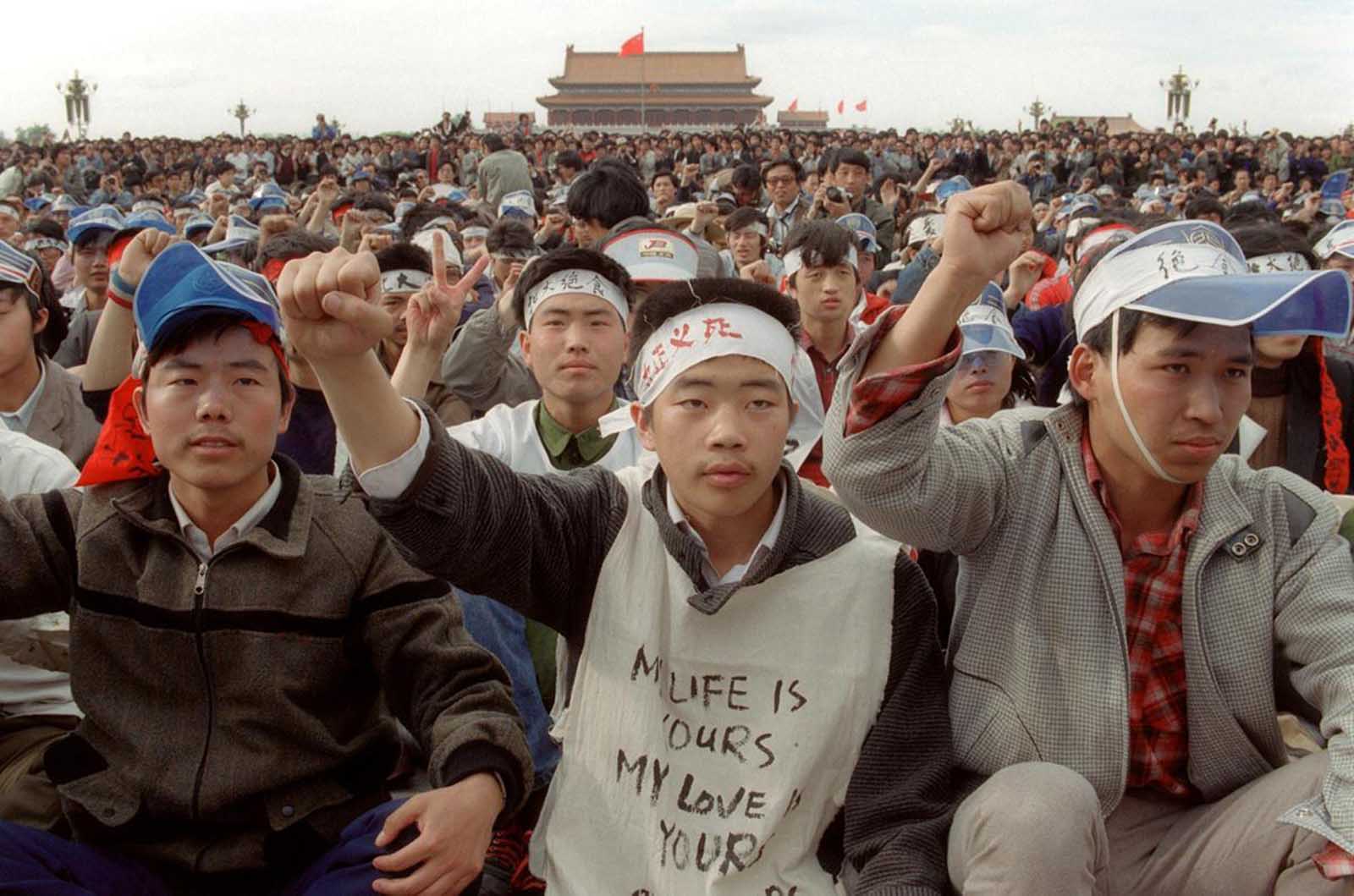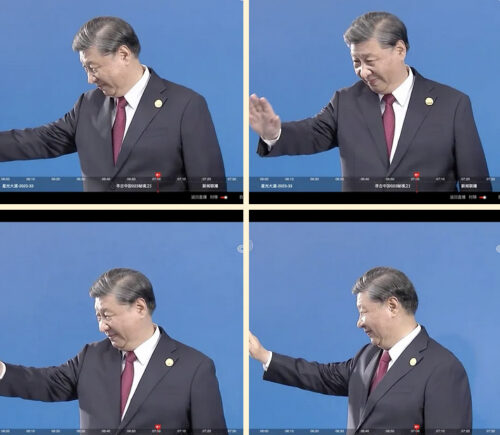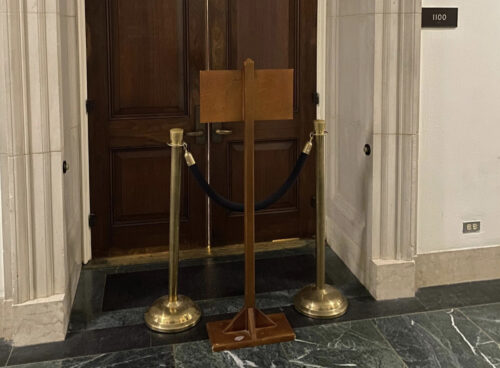No, 10,000 were not killed in China’s 1989 Tiananmen crackdown

In the past two days, some variation of that lede has appeared in multiple Western media outlets, from BBC to AFP. The articles will all say that the secret diplomatic cable was sent by Britain’s ambassador to China, Alan Donald, from Beijing to London on June 5, 1989. The “10,000 killed” statistic came via Donald’s “close friend” in the State Council, which is the Chinese cabinet, the articles will duly add. Some will even list the more “horrific” details, such as, “APCs then ran over bodies time and time again to make ‘pie’ and remains collected by bulldozer.”
These articles are, to varying extents, rewrites of this HK01 piece (link in Chinese) published last Wednesday (Hong Kong Free Press had it first in English, on Thursday) — and they are all “objective” reporting insofar that, yes, Alan Donald sent a cable citing a figure from an anonymous official. Here’s the thing about objectivity in journalism though: it means nothing when what you’ve reported isn’t true.
Let’s say this clearly, upfront: 10,000 people did not die at Tiananmen in the crackdown, either on the Square or in the surrounding streets. Fire up Google and you’ll find that one of the most widely cited (and highest) death toll counts is 2,600, allegedly given by the Chinese Red Cross. (As Nicholas Kristof wrote on June 21, 1989, “Some of the early estimates of thousands of deaths, including the American estimate [of 3,000 dead], were based on reports that the Chinese Red Cross had counted 2,600 deaths. But the Chinese Red Cross has denied saying any such thing, and this seems to have been an offshoot of two other rumors that variously used the figure of 2,600 to describe the number of students who were missing and the number of students who were killed.” Kristof would later win a Pulitzer Prize for his coverage of China’s democracy movement.) Students said on the morning of June 5 that “at least 500 people may have been killed in the crackdown.” Incidentally, the 500 to 2,600 range is cited in a since-declassified U.S. cable, which also notes “injuries up to 10,000.” Human Rights Watch cites 2,000. George Washington University’s website has a fascinating “declassified history” of the Tiananmen crackdown, and here’s how the website describes Document 31, a cable sent from Beijing to Washington D.C. on June 22, 1989:
Contrary to earlier reports in the western media, the cable asserts that many if not most of the deaths associated with the crackdown occurred on Changan Avenue and other streets surrounding the square, rather than on Tiananmen Square itself. The document calls the notion that the military could have suffered more casualties than civilians “inconceivable,” but holds that “civilian deaths probably did not reach the figure of 3,000 used in some press reports,” but believes that the figure put forward by the Chinese Red Cross of 2,600 military and civilian deaths with 7,000 wounded to be “not an unreasonable estimate.”
Again, that’s from the American embassy. So, “2,600,” then. The exact casualty figure has never been pinpointed — accurate information was hard to come by in the chaos, and there were many actors with agendas to advance (some even within the Chinese cabinet, one might say) — but no five-digit number has ever, at any point since June 4, 1989, been in serious discussion. There’s simply no corroboration, not from the scores of Western journalists on the ground that fateful night, not from the Tiananmen Mothers who are still lobbying for the truth today, not from anyone.
But what about this contention from a China scholar, as quoted in AFP (emphasis mine):
…French sinologist Jean-Pierre Cabestan said the British figure was credible, pointing out that recently declassified US documents gave a similar assessment.
“That’s two pretty independent sources which say the same thing,” said Cabestan, a professor at Hong Kong Baptist University.
AFP doesn’t specify, but I think the “recently declassified U.S. document” mentioned there might be the same one Hong Kong Free Press refers to in its report: “In 2014, Next Magazine reported on White House declassified files, which estimated that 10,454 were killed and 40,000 were injured.” I couldn’t find the Next Magazine article in question, but that 10,454 figure appears in only one other place, also from 2014 — as Axios notes: “In 2014, NTDTV reported that a Chinese informer reported 10,454 fatalities.” Axios fails to point out that NTDTV is one of the propaganda arms of the Falun Gong.
Why this matters isn’t merely “this estimate is higher than previous estimates.” It’s that more than a few Western news outlets have chosen to report a random, likely fabricated number as fact, and that these articles represent a slap in the face to serious scholarship, to academics who have devoted actual time to researching the Tiananmen protests. It even feels like an affront to Liu Xiaobo, who successfully negotiated with troops to allow students safe passage from Tiananmen Square. It will cause well grounded Chinese liberals — including the many who lived through that era, who know more than they’ll ever publicly say — to shake their heads at the Western press, which they might’ve considered an ally. It will give Global Times ammunition. It will influence the conversation in the wrong way: Google results for “Tiananmen death toll” currently display the 10,000 figure at the top, polluting the first page; and you can expect to see “10,000 killed in Tiananmen” on your Facebook feeds soon, surely.
The Tiananmen tragedy — call it a massacre if you’d prefer, I won’t object — remains a blight on the collective Chinese psyche. It is a wound that has been cauterized but never healed, with the pus staining the legitimacy of the ruling party. The unspoken compromise between government and people that ensued — don’t talk politics and you can get rich — is an exceedingly harsh one, and one that looks worse with each passing year. But it is one that the population at large has accepted, in part because of how upsetting and messy and calamitous the truth is: One of China’s best generations was ruined by a protest that both sides now wish would’ve ended one day sooner. It doesn’t matter whether 100 or 3,000 people were killed, the consequences live on to this day, and millions have been impacted. We don’t need “10,000 killed in Tiananmen” obfuscating this truth.
Another reason this story matters is because ambassador Alan Donald’s telegram clearly reveals — unless he was cutting out of whole cloth — that there was a high-level Chinese official sympathetic enough with the student protesters to tell a foreign diplomat, “4 wounded girl students begged for their lives but were bayoneted. A 3 year old girl was injured but her mother was shot as she went to her aid as were six others who tried. 1000 survivors were told they could escape via Zhengyi Lu but were then mown down by specially prepared M/G positions,” all while also passing the buck, putting the blame on the “60 percent illiterate…primitives” of the 27th Army of Shanxi Province.
Someone from the State Council attempted to tip off a British diplomat — what a beautiful revelation, if true. That’s the story, and one that doesn’t get told nearly enough: how there was intense disagreement within the Chinese Communist Party — even in Deng Xiaoping’s inner circle, as Zhao Ziyang’s posthumous memoir reveals — about how to handle the protesters, and about the direction of the nation itself. There was dissent within the Party.
Perhaps that’s too much nuance for London- or Paris- or New York-based editors working holiday hours. And I get it, it’s simpler to slap on an SEO-friendly headline like “REVEALED: 10,000 killed in China’s 1989 crackdown” than to call up a China scholar like Geremie Barmé — who wrote for the documentary The Gate of Heavenly Peace, the best film ever made about the protests — to ask for context (natch, ALLEGED also doesn’t quite look as good in all-caps). I don’t want to be too harsh on the free press, which these days could stand to catch a break. It’s just that I think we can do better, objectively.



UK ambassador Alan Donald’s cables from Beijing to London (via HK01); click to enlarge







